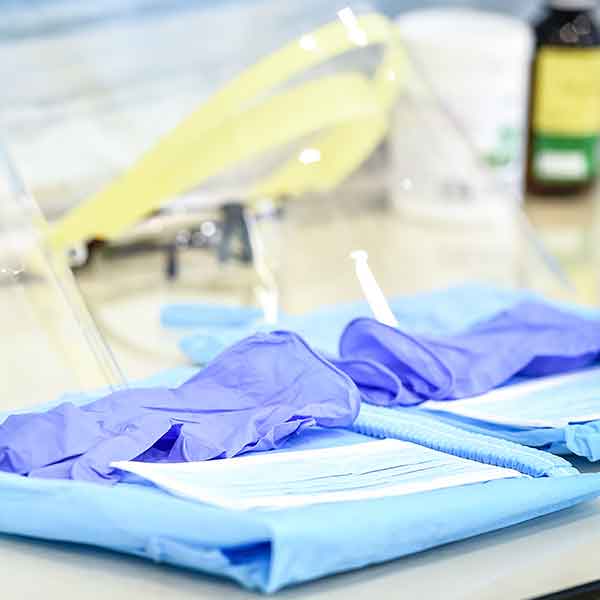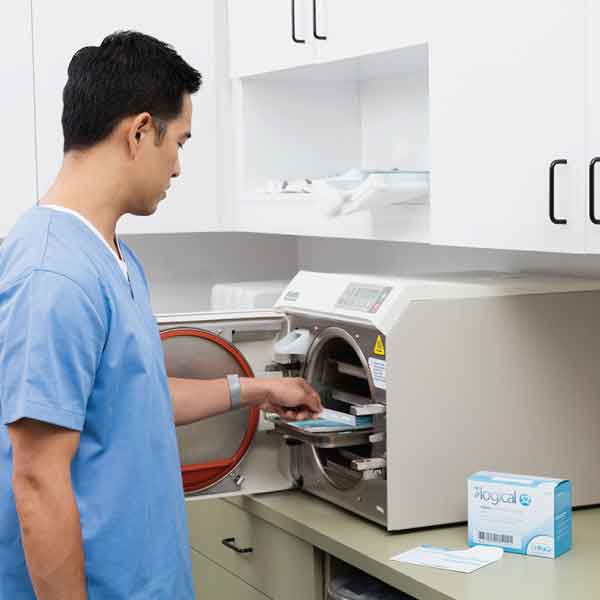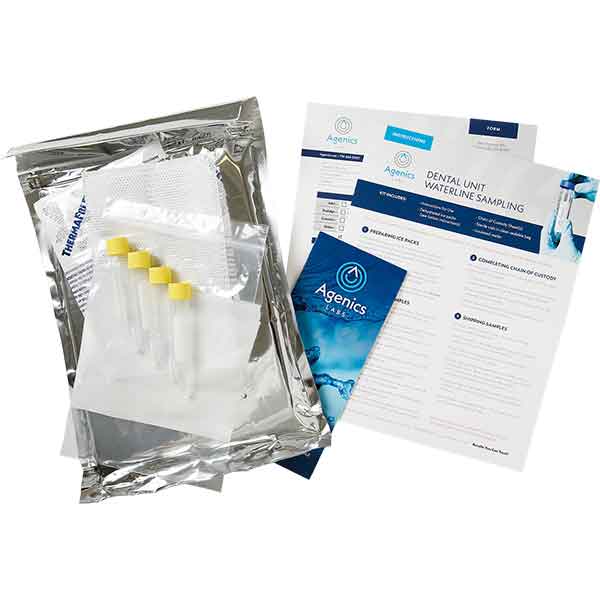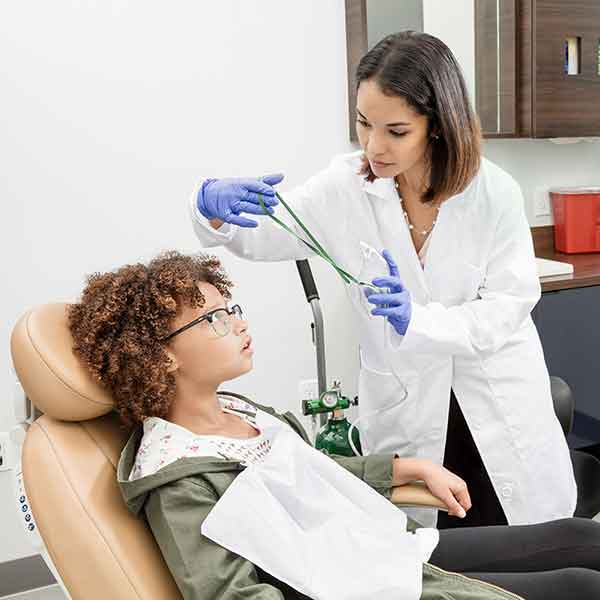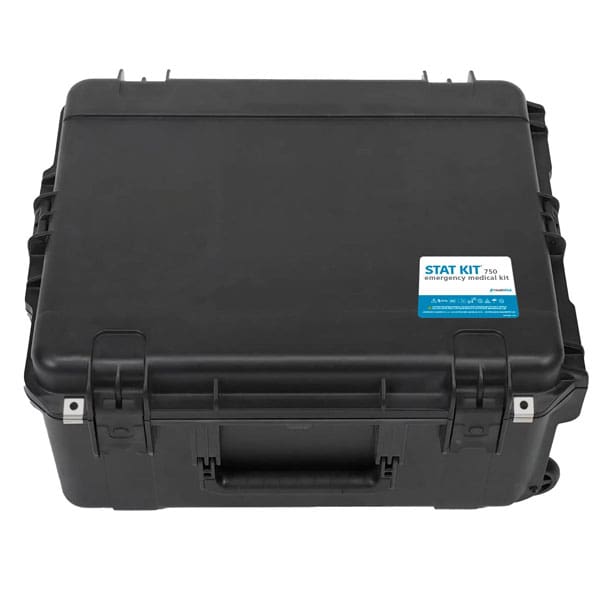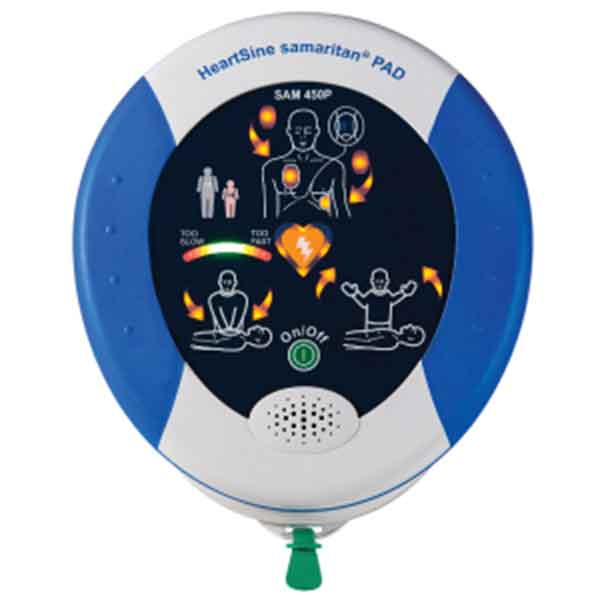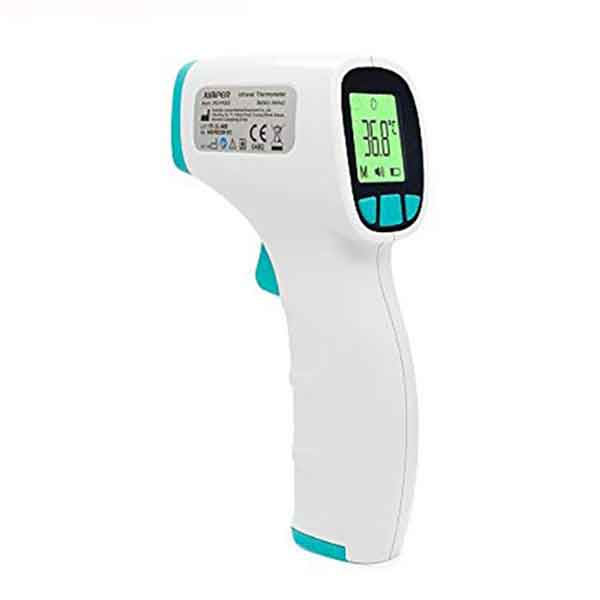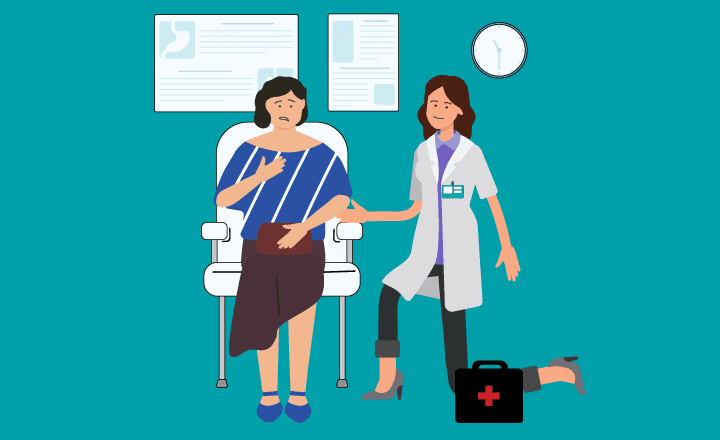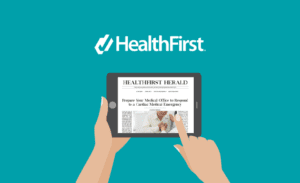With nearly half of the U.S. population at risk, are you ready for a cardiac medical emergency in your facility?
As the #1 cause of death in the United States, cardiovascular disease claims more lives each year than all forms of cancer and Chronic Lower Respiratory Disease combined.
According to the American Heart Association (AHA) Heart Disease and Stroke Statistics 2019 Update, Cardiovascular Disease (CVD), listed as the underlying cause of death, accounted for 1 of every 3 deaths. The report, published Jan. 31, 2019 in the AHA journal Circulation, said 121.5 million adults in the U.S.–48 percent based on 2016 population figures–have cardiovascular disease.
That’s shocking enough, but the true percentage of Americans at risk of cardiac arrest is greater. High blood pressure–also known as hypertension–can lead to heart attack, heart failure, and stroke.1 That means that if you are a physician half of your patient population is at risk.
Even with highly visible health promotions such as American Heart Month each February and Stroke Awareness Month in May, many Americans are unaware that they suffer from hypertension and may only seek help when symptoms arise. Many others will visit a medical facility for another reason, only to find out at the doctor they are suffering from a cardiac event.
Dr. Gregg C. Fonarow, professor of cardiovascular medicine and science at UCLA, said the update is a wake-up call. “This AHA update provides highly actionable data. The key question is whether clinicians and patients will actually act on it,” he said. “The nation’s future heart [and brain] health relies on that answer.”
How to be Ready for a Cardiac Medical Emergency
Are you ready for a cardiac medical emergency in your facility? Readiness requires proper emergency medications, devices, and training. Here’s what you can do now:
- Keep informed of the latest Cardiopulmonary Resuscitation (CPR) and Emergency Cardiovascular Care (ECC) guidelines.
- Stay current with the BLS, ACLS and PALs algorithms with up-to-date training and certification courses.
- Equip your facility with emergency medications and devices appropriate to your level of care and training. Refer to the readiness guide below.
























